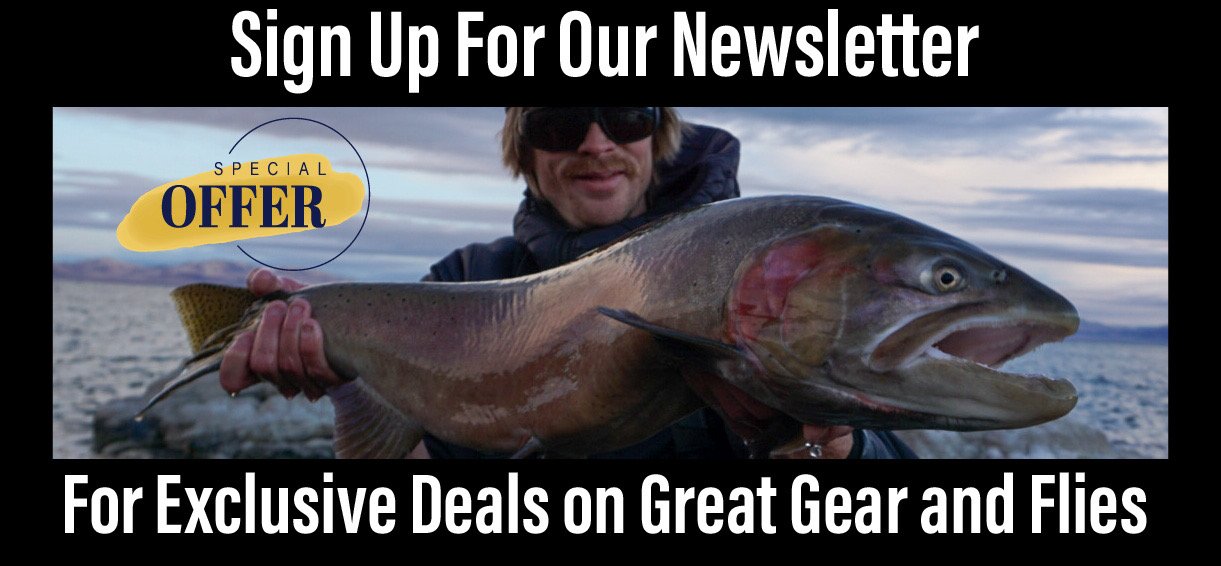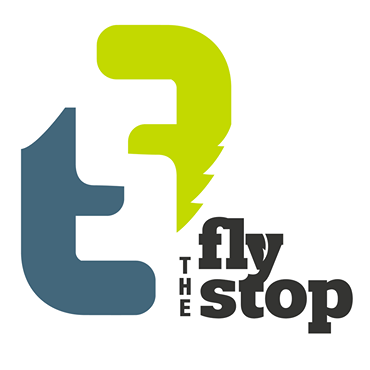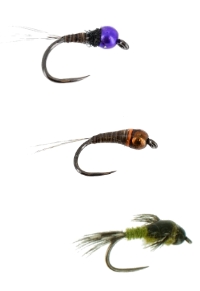Mayfly Nymphs
Mayfly nymphs make up a major part of the insect life we fish for trout and other species alike. So, as all of us know the nymph is the stage of the insect that is still aquatic. Different than the mayfly dry fly these mayfly nymphs sometimes they have a bead and sometimes does not, but all versions are fished under the water in rivers and lakes. The more informative description of nymphs is as follows: A nymph is the immature form of an insect that undergoes incomplete metamorphosis. A nymph differs from a larva in that a nymph becomes an adult without first becoming a pupa and that a nymph typically resembles a smaller, wingless version of an adult, whereas a larva can differ radically from the corresponding adult form.
So, it’s easy to say not all insects go through a nymphal stage. But we still refer to them as nymphs, whether they are or not they are fished usually on a dead drift, others act as an emerging insect. Most mayfly nymphs fall into the aspect of being, swimmers, crawlers, borrowers, and finally clingers. Whereas a nymph chironomid flies have a life cycle of just larvae and pupa. In contrast to nymphs that develop on land, the aquatic young of dragonflies, damselflies, stoneflies, and mayflies are sometimes referred to and called naiads. Their metamorphosis is more complicated, involving a change to a different environment. The aquatic nymph has gills and other modifications for an aquatic existence. Nymphs are an important element in the food of trout and are imitated by mayfly nymph patterns in which fly fisherman use when nymph fishing for trout. The aquatic nymph at maturity floats to the surface or crawls out of the water, goes through its last molt and emerges as a winged adult.
Nymph chironomid flies are typically referred to as midge larvae and midge pupa patterns. They technically do not go through a nymphal stage in their life cycle. Even though most refer to nymph chironomid flies when trying to represent a midge in emergence they fall into a different category completely. Having a mayfly nymph fly such as the Pheasant Tail, Hares Ear and the Prince Nymph will cover a lot of profiles of your mayfly nymph at any given time. Every prolific fly box should have a good variation of the mayfly nymph and mayfly nymph fly patterns amongst their emerging form as well, this will able you to match the hatch and have successful days on most any river or lake you are fishing.


























